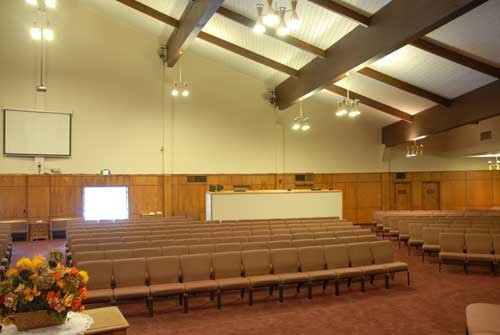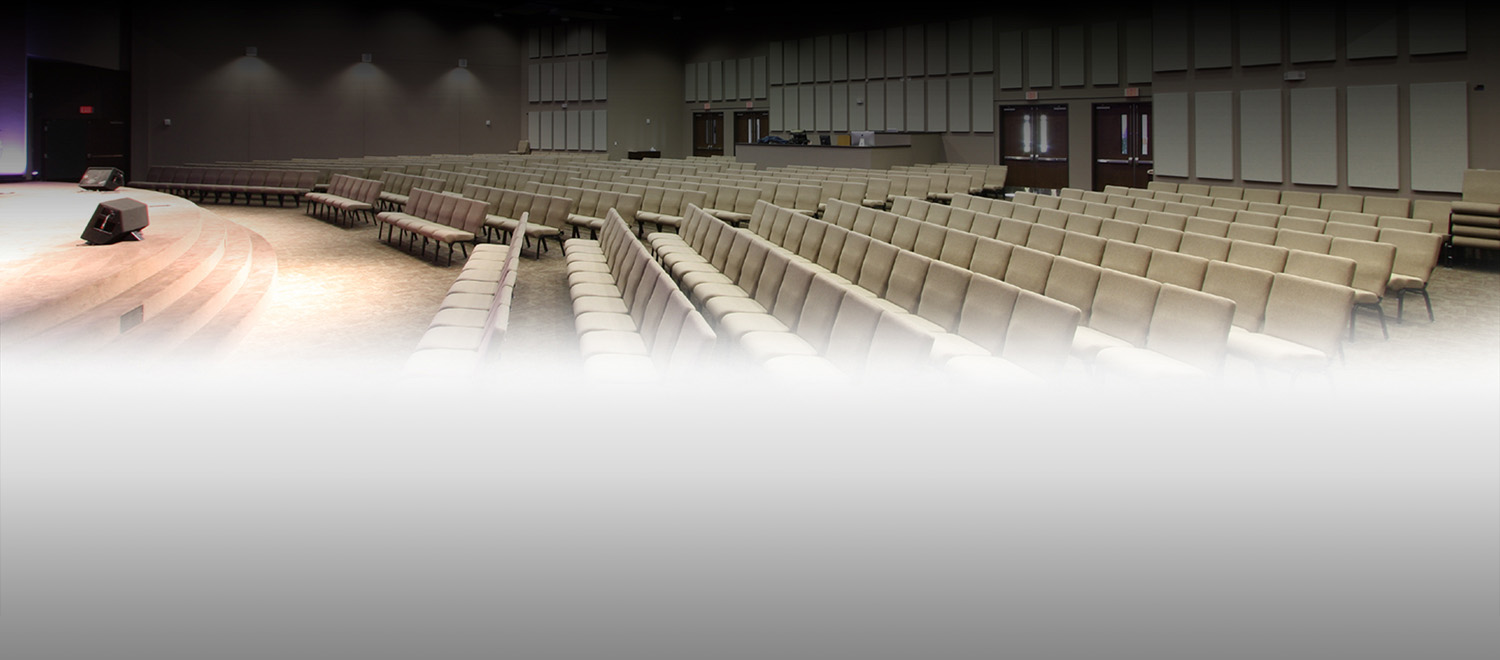The history of church seating reflects the changing priorities, architectural styles, and needs of worship communities over centuries. From rigid...
Read More
Balancing Act: Functionality and Aesthetics in Worship Seating Design

Creating a worship space that is both functional and aesthetically pleasing is a crucial aspect of church design. Seating plays a significant role in this balancing act, as it must offer comfort and support while contributing to the overall visual appeal of the sanctuary. At ChairsForWorship™ Church Chairs by Uniflex, we understand the importance of harmonizing functionality and aesthetics in worship seating. Here’s how to achieve this balance effectively.
The Importance of Functionality
Functionality in worship seating is paramount. Congregants spend a significant amount of time seated during services, so chairs must provide adequate support and comfort. Here are some key functional aspects to consider:
1. Comfort and Ergonomics:
- Ergonomic Design: Choose chairs with ergonomic features such as lumbar support, contoured seats, and adequate padding. These elements ensure that congregants can sit comfortably for extended periods.
- Seat Width and Depth: Consider varying seat widths and depths to accommodate different body types and provide maximum comfort for all attendees.
2. Durability and Maintenance:
- Quality Materials: Select chairs made from high-quality materials that can withstand frequent use. Durable fabrics, sturdy frames, and robust construction are essential for longevity.
- Easy Maintenance: Opt for materials that are easy to clean and maintain. Removable and washable seat covers, stain-resistant fabrics, and scratch-resistant frames can help keep chairs looking new for longer.
3. Flexibility and Adaptability:
- Stackable and Movable Chairs: Stackable chairs or those with built-in wheels offer flexibility in seating arrangements. This is particularly useful for multipurpose spaces that require different setups for various events.
- Interlocking Features: Chairs with interlocking mechanisms can create stable rows, preventing shifting and maintaining orderly seating during services.
Aesthetics in Worship Seating
Aesthetics play a significant role in creating a worship environment that inspires and uplifts. The visual appeal of seating can enhance the overall ambiance of the sanctuary. Consider the following aesthetic elements:
1. Style and Design:
- Traditional vs. Modern: Choose a style that complements the architectural design of your worship space. Traditional wooden chairs may suit a historic church, while sleek, modern designs might be better for contemporary settings.
- Color and Finish: Select colors and finishes that harmonize with the overall color scheme of the sanctuary. Neutral tones can create a serene atmosphere, while bold colors can add vibrancy and energy.
2. Customization and Personalization:
- Custom Upholstery: Offer custom upholstery options to match the unique décor of your church. Patterns, textures, and colors can be tailored to reflect the identity and values of your congregation.
- Decorative Elements: Incorporate decorative elements such as embroidered symbols, engraved plaques, or custom-designed fabrics to add a personal touch and enhance the aesthetic appeal.
3. Cohesion and Harmony:
- Consistent Theme: Ensure that the seating design aligns with the overall theme of the sanctuary. Consistency in design elements creates a cohesive look that enhances the visual flow.
- Blending with Architecture: Consider the architectural features of the worship space, such as stained glass windows, altars, and lighting. Seating should complement these elements rather than clash with them.
Balancing Functionality and Aesthetics
Achieving a balance between functionality and aesthetics requires careful planning and consideration. Here are some strategies to help you find the perfect harmony:
1. Prioritize User Experience:
- Comfort First: Always prioritize comfort and support in seating design. A chair that looks beautiful but is uncomfortable will detract from the worship experience.
- Inclusive Design: Ensure that seating options accommodate all congregants, including those with disabilities or special needs. Accessible seating should blend seamlessly with the overall design.
2. Collaborative Design Process:
- Consultation and Feedback: Engage with congregation members, church leaders, and design professionals to gather input and feedback. Understanding the needs and preferences of the community can guide your design decisions.
- Prototyping and Testing: Create prototypes and test them in the worship space. This allows you to assess both the functionality and visual impact of the chairs before making a final decision.
3. Innovative Solutions:
- Hybrid Designs: Look for chairs that incorporate both functional and aesthetic elements. Many manufacturers offer hybrid designs that provide ergonomic support while featuring elegant finishes and custom upholstery.
- Modular Systems: Consider modular seating systems that offer flexibility and adaptability. These systems can be reconfigured to suit different events and aesthetic preferences.
Balancing functionality and aesthetics in worship seating design is essential for creating a worship environment that is both comfortable and visually inspiring. At ChairsForWorship™ Church Chairs by Uniflex, we specialize in providing seating solutions that meet the highest standards of comfort, durability, and beauty. By prioritizing user experience, engaging in a collaborative design process, and exploring innovative solutions, you can achieve the perfect harmony between functionality and aesthetics in your worship space.
For more information on our products and services, or to discuss your specific seating needs, please contact us. Let us help you create a sanctuary that truly reflects the spirit and values of your congregation.
Related Posts

When designing a worship space, selecting the right seating is one of the most important decisions you’ll make. Worship chairs...
Read More

Modern worship spaces are evolving, no longer serving solely as venues for traditional services. Many churches now function as community...
Read More

Comfort plays a vital role in the worship experience. Congregants spend significant time seated during services, and uncomfortable seating can...
Read More








